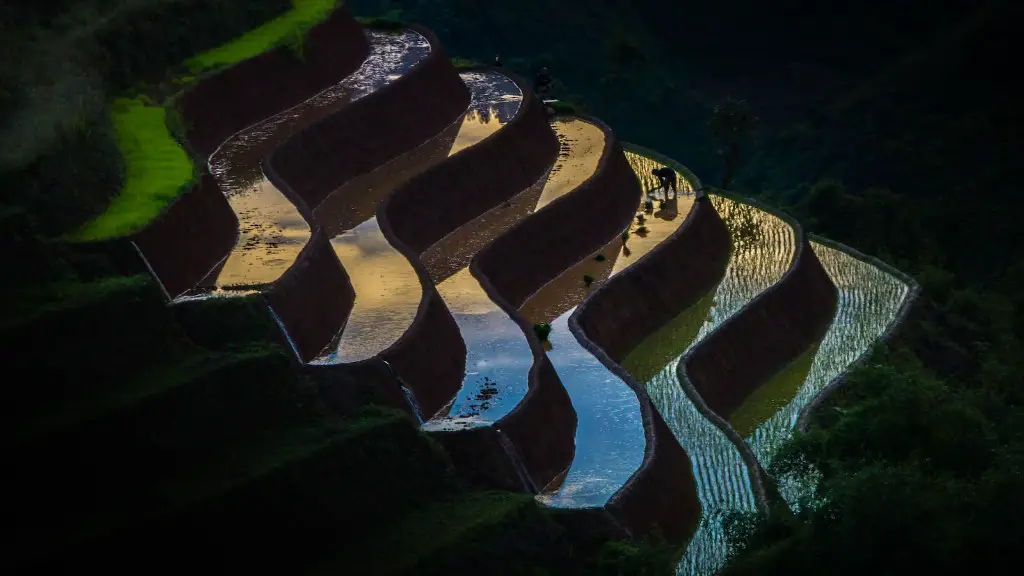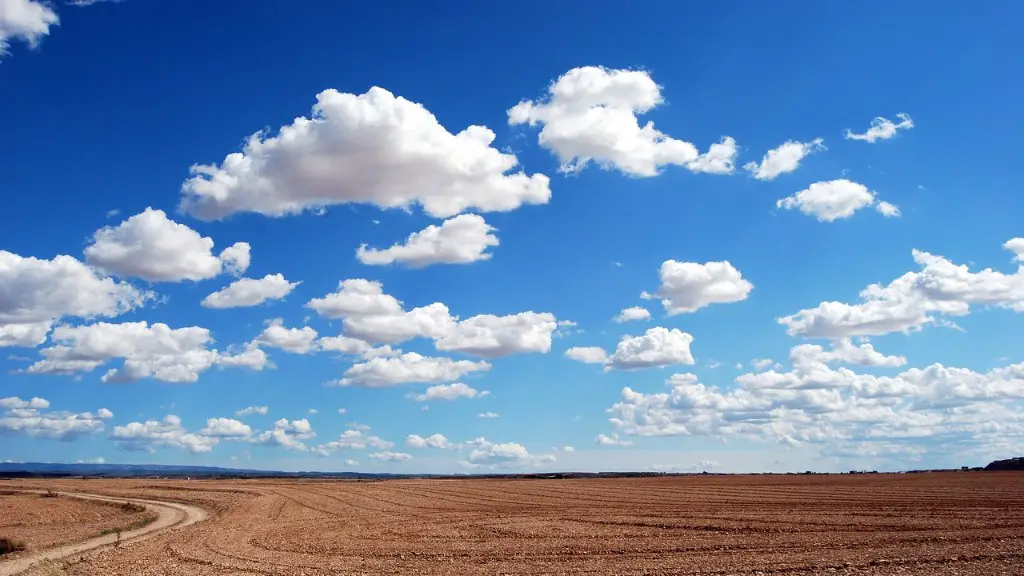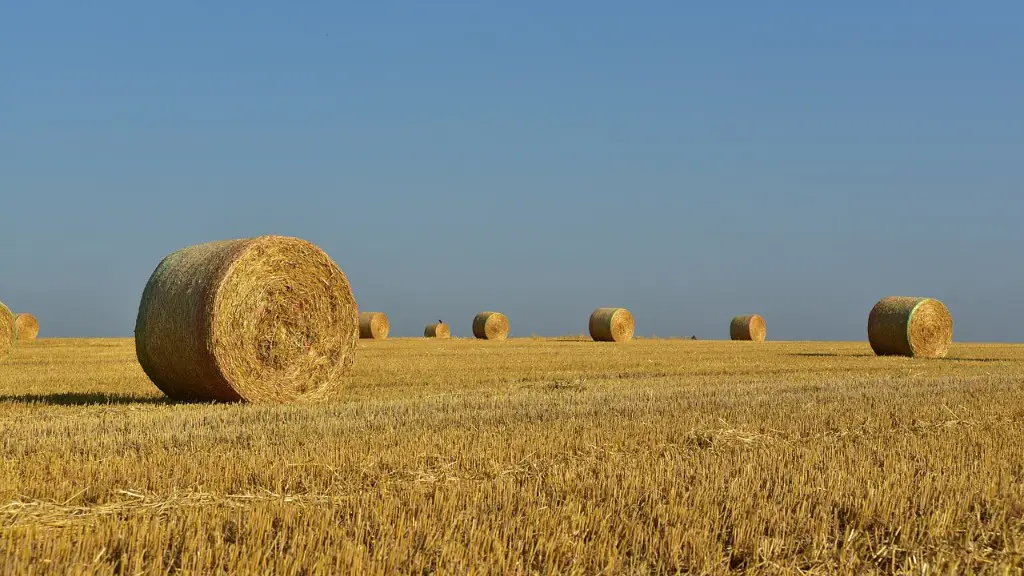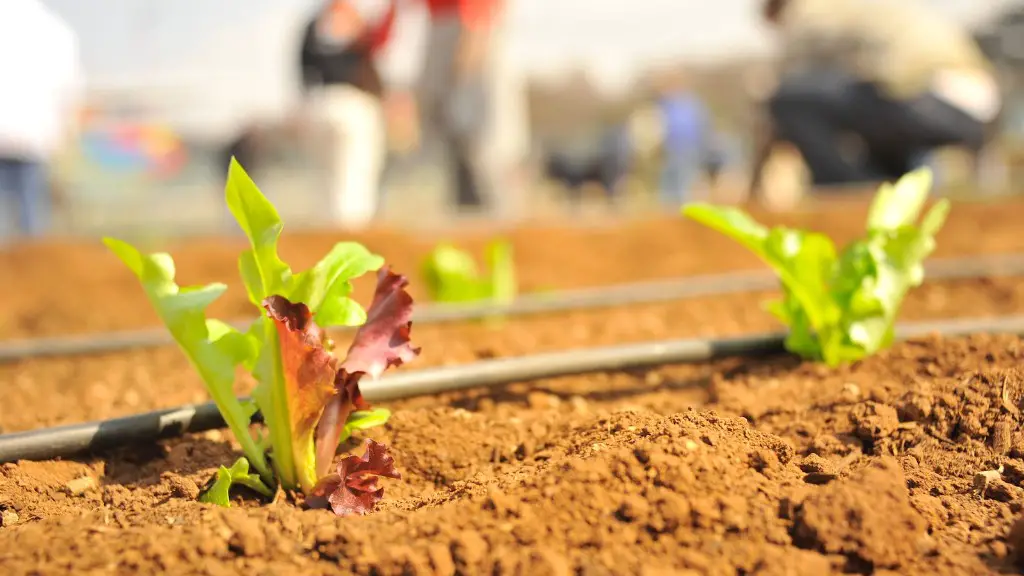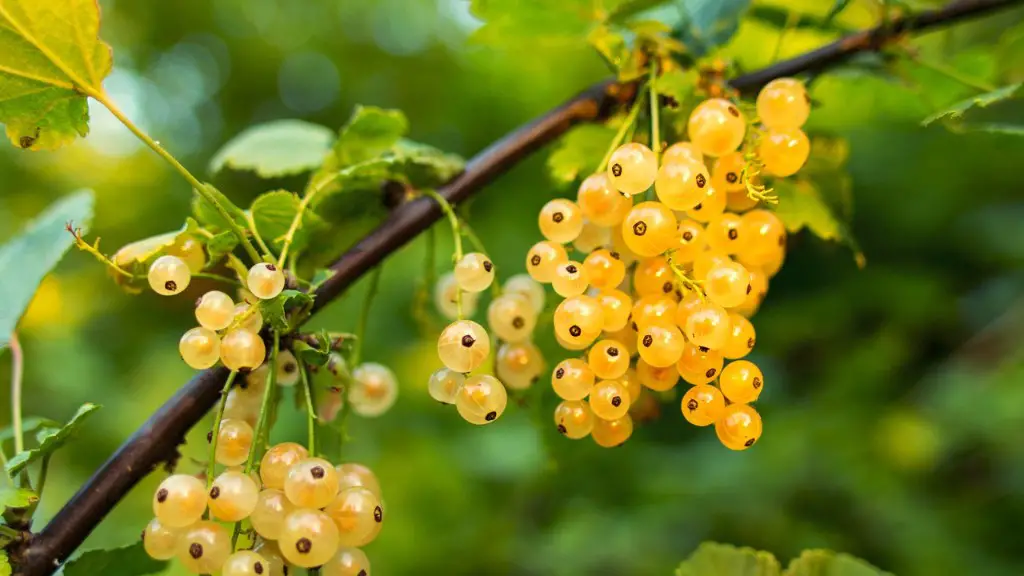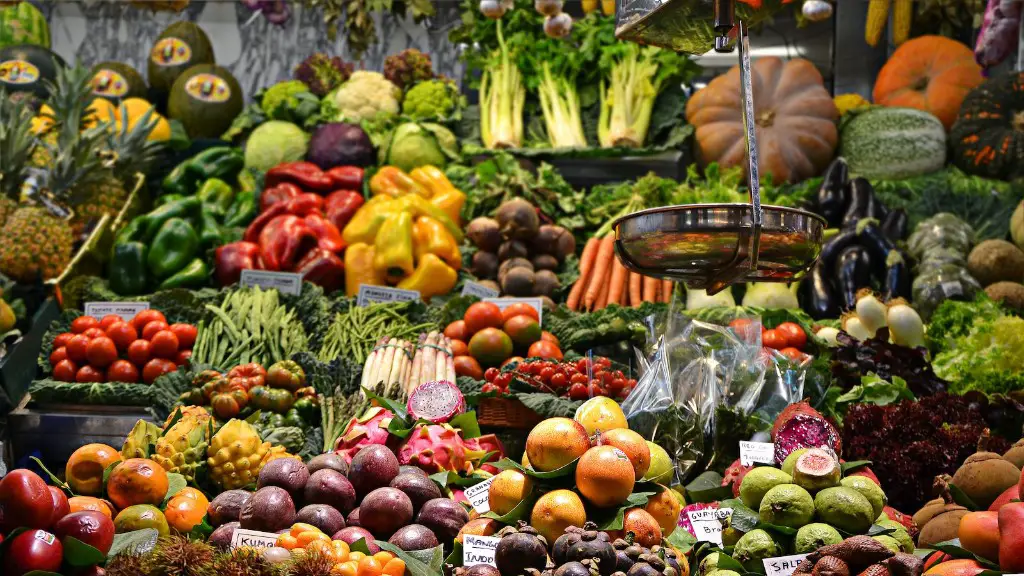Irrigation is the process of applying water to crops in order to help them grow. This is usually done through a system of pipes and pumps that deliver water to the field where the crops are growing. In some cases, irrigation can also be done by hand.
Irrigation is a process in which water is supplied to the crops through a system of pipes, canals, and ditches. The water is typically drawn from a river, lake, or groundwater source.
What is irrigation short answer?
Irrigation is the process of supplying water to crops at regular intervals in order to ensure their healthy growth. The amount of water required for irrigation differs from one crop to the next, and also depends on the type of soil and the season. Irrigation is a crucial step in the agricultural process, and can often make the difference between a good harvest and a bad one.
Flood irrigation is the oldest and most common type of irrigation. It involves flooding a field with water and letting it soak in. This type of irrigation is not very efficient, as a lot of water is lost to evaporation and runoff.
Sprinkler irrigation is a type of irrigation that uses a system of pipes to deliver water to a field. The water is then sprayed onto the field by a series of nozzles. This type of irrigation is more efficient than flood irrigation, as less water is lost to evaporation and runoff.
Drip irrigation is a type of irrigation that delivers water to a field through a system of pipes. The water is then slowly dripped onto the plants by a series of emitters. This type of irrigation is the most efficient, as very little water is lost to evaporation and runoff.
Micro irrigation is a type of irrigation that delivers water to a field through a system of pipes. The water is then delivered to the plants by a series of small droppers. This type of irrigation is very efficient, as very little water is lost to evaporation and runoff.
What is irrigation and why is it important
Water irrigation is a process of applying controlled amounts of water to plants at needed intervals. Irrigation helps grow agricultural crops, maintain landscapes, and revegetate disturbed soils in dry or cold areas and during periods of inadequate rainfall.
There are several methods of irrigation for crops: flooding an entire field, channeling water between rows of plants, spraying water through large sprinklers, or letting water drop onto plants through holes in pipes. Each method has its own advantages and disadvantages, so it is important to choose the right method for the particular crop and field conditions.
What are the benefits of irrigation in agriculture?
Efficient irrigation is critical for farmers in order to maximize their yield and profits. By using less water to grow the same amount of crops, farmers can save on costs and increase their productivity. Additionally, by more productively farming larger areas of land with the same amount of water, farmers can further increase their yields. Finally, by using the same amount of water to grow higher value, more water-intensive crops, farmers can maximize their profits.
Drip irrigation is the best among all modern methods of irrigation because it is the most efficient in terms of water usage. With drip irrigation, water is delivered directly to the roots of the plants, so there is very little water wasted.
What are the 3 main methods of irrigation?
Surface irrigation is the most common irrigation method and involves flooding the fields with water.
Sprinkler irrigation is a more efficient irrigation method that uses less water and can be used in areas with limited water resources.
Drip irrigation is the most efficient irrigation method and uses the least amount of water.
Different types of irrigation systems exist, including surface, subsurface, and sprinkler. The most common type is surface irrigation, in which water is applied to the soil surface by gravity flow. Sprinkler irrigation, in which water is pumped and then sprayed onto the field, is used for more complex topographies or when fields contain obstacles that would impede surface flow, such as trees. Subsurface irrigation involves placing emitters or irrigation tubing below the soil surface to deliver water directly to the roots of plants.
What is the most common irrigation method
Surface irrigation is the most commonly used type of irrigation system for agriculture, accounting for 85% of the world’s irrigated land. Surface irrigation systems include flood, Furrow, Sprinkler, and trickle irrigation. Each irrigation system has benefits and drawbacks, but overall, surface irrigation systems are more efficient than other types of irrigation systems.
Arid areas are defined as regions where evaporation exceeds rainfall, making it difficult to grow crops without irrigation. sustaining agriculture in these areas requires two essential things from irrigation: water for plant growth and transport of essential nutrients, and leaching or dilution of salts in the soil.
What are 3 facts about irrigation?
As the world’s population continues to grow, the demand for food will only increase. Unfortunately, the majority of the world’s fresh water is used for agriculture. In the United States, 80% of water withdrawals are for agriculture, and 18 million acres are irrigated. In India, approximately one-fifth of the nation’s total electricity consumption goes toward pumping groundwater for irrigation. While only 20% of the world’s farmland is irrigated, it produces 40% of our food supply. This illustrates the importance of irrigation in agriculture. However, it also highlights the need for more efficient irrigation methods to prevent the further depletion of our fresh water resources.
Irrigation systems are a great way to reduce the amount of weeds, fungus, and plant diseases in your lawn. By specifically targeting areas that need regular and consistent watering, you can help prevent problems caused by over or underwatering. Drip irrigation systems are a popular choice for home gardeners, and can be a great way to keep your plants healthy and disease-free.
What water is used for irrigation
Groundwater and surface water are both important sources of irrigation water. Groundwater is usually much cleaner than surface water, but it can be more expensive to extract. Surface water is usually cheaper to withdraw, but it may require more treatment to make it suitable for irrigation.
The expansion and intensification of agriculture has the potential to cause increased erosion, pollution of surface and groundwater from agricultural biocides, and deterioration of water quality. In addition, the increased nutrient levels in irrigation and drainage water can result in algal blooms.
What is the main objective of irrigation?
Irrigation is a crucial process in agriculture and can be the difference between a good harvest and a bad one. There are many different types of irrigation systems, from small, hand-held systems to large, automated ones. The most important thing is to choose the right system for your needs and to make sure that it is properly installed and maintained.
While irrigation has a number of advantages, there are also a few disadvantages to consider. One of the primary disadvantages is that water overflow can raise the risk of waterborne illnesses. Additionally, drainage issues may arise during the monsoon, which can lead to loss of property and habitation.
Warp Up
Irrigation is the process of supplying water to plants or crops. It is usually done through a system of pipes or channels that bring water to the root zone of the plants.
Irrigation in agriculture is the process where water is brought to the roots of crops through man-made means, such as pipes, ditches, or sprinklers. This water can come from groundwater, rivers, or other sources. It is used to supplement the water that plants would otherwise receive from rainfall.
